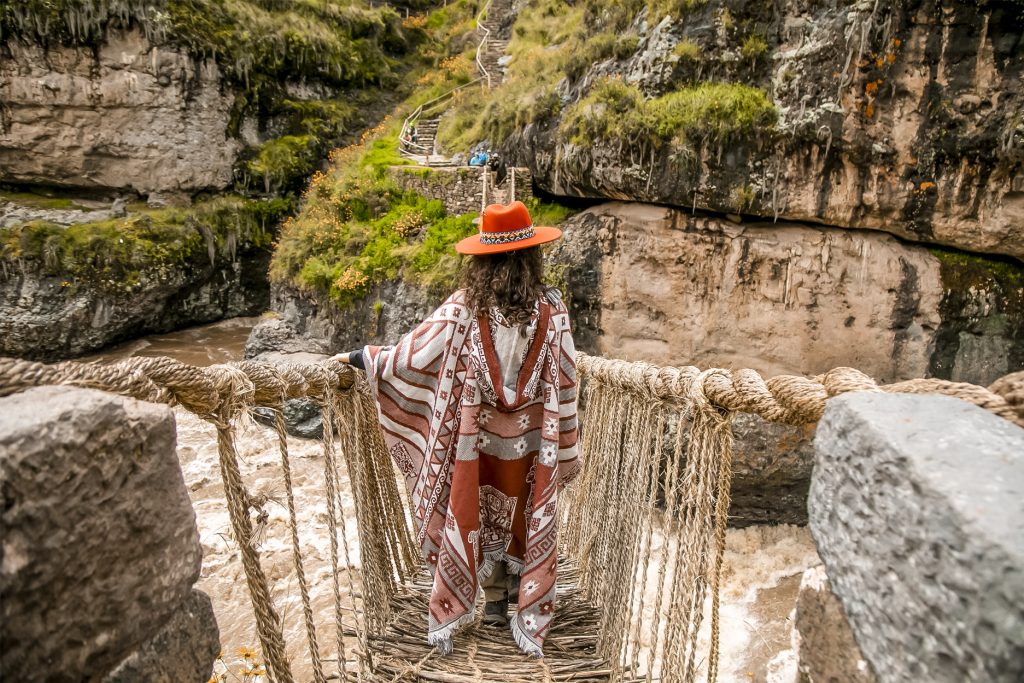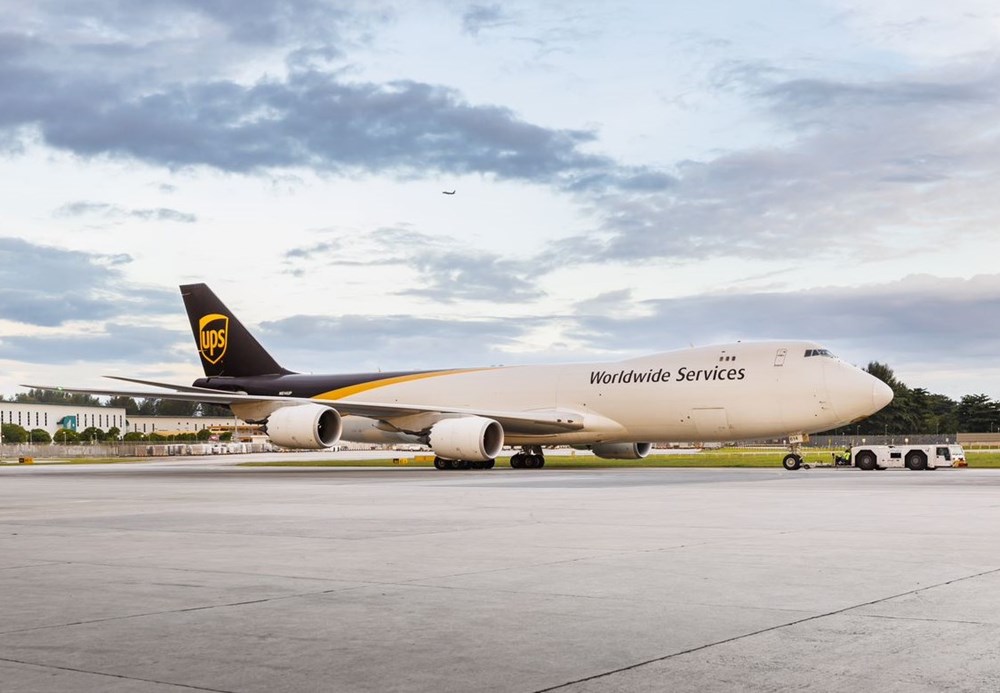Spanning the Apurímac River in the Canas Province of Peru, the Q’eswachaka Bridge stands as a living relic of the Inca civilization — the last handwoven Inca suspension bridge still in use today. For over 600 years, this remarkable structure has connected communities, not just physically but culturally, through a tradition passed down across generations.
Q’eswachaka, whose name derives from Quechua words meaning “woven bridge” (“q’eswa” for braid and “chaka” for bridge), is rebuilt each year by the people of four local communities: Huinchiri, Chaupibanda, Choccayhua, and Ccollana Quehue. In an elaborate ritual that blends engineering, culture, and spirituality, villagers spend several days crafting the bridge entirely by hand using grass fibers known as “ichu.”
This annual rebuilding is both a cultural celebration and a practical necessity. The bridge, about 28 meters long and 1.2 meters wide, is strong enough to support foot traffic but wears down over the course of a year due to weather and use. Each reconstruction begins with a blessing to the Apus (mountain spirits) and Pachamama (Mother Earth), maintaining a deep spiritual connection to the Andean worldview.
The process begins with the harvesting and braiding of thousands of meters of ichu grass, which are then twisted into ropes and cables. Community members, including women and children, take part in preparing materials, while skilled men carefully suspend and anchor the new bridge using traditional techniques passed down since Inca times.
Recognized by UNESCO in 2013 as an Intangible Cultural Heritage of Humanity, the Q’eswachaka Bridge is more than just an artifact — it is a symbol of resilience, identity, and communal effort. Each June, the bridge’s construction is marked by a multi-day festival featuring music, dance, and traditional food, attracting visitors from around the world.
Unlike modern bridges made of steel and concrete, Q’eswachaka embodies ecological harmony and sustainable design. Its existence challenges conventional notions of infrastructure by demonstrating how indigenous engineering can endure through centuries of upheaval, colonization, and modernization.
Today, the bridge not only serves nearby villages but also inspires cultural pride and tourism in the Cusco region. While modern roads and bridges exist elsewhere, locals continue to use and maintain Q’eswachaka as a vital thread connecting their history to the present.
For travelers seeking a unique and meaningful experience, visiting Q’eswachaka offers a rare glimpse into living Inca heritage — a chance to walk the same path as ancient messengers once did, and to witness how tradition, nature, and human ingenuity continue to span time.
Source; Salkantay Trekking



